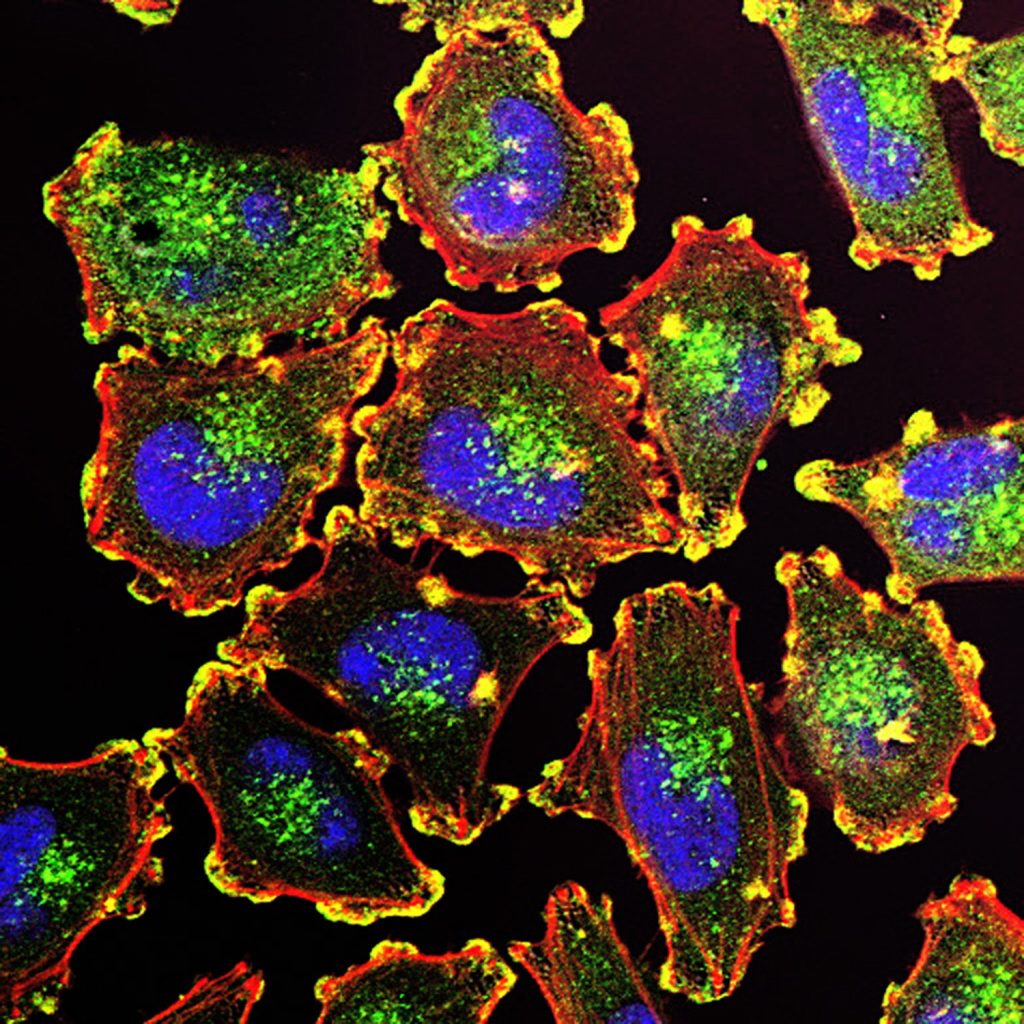How Epithelial Cells Kick out Precancerous Neighbours

Researchers have discovered the mechanism behind how normal epithelial cells push out precancerous ones present in the epithelium with ‘cell competition’. Researchers have unravelled the interactions and cellular pathways leading to this extrusion, allowing them to identify a candidate for a therapeutic target for future cancer prevention research.
Recent studies have shown that the human body has defence mechanisms run by non-immune epithelial cells. These epithelial cells can recognise and extrude neighbouring precancerous cells from the epithelium, known as cell competition. This form of immune-like surveillance has garnered attention in recent years based on its potential for future immune-like therapeutic targets for cancer preventive treatment. However, it is still unknown what kind of ligand-receptor interactions are involved in the recognition of precancerous cells by normal epithelial cells.
Discussing the study, Professor Takeshi Maruyama, an Associate Professor at the Waseda Institute for Advanced Study at Waseda University, who led the research group, says, “During the process of cell competition, normal epithelial cells can be primed by contact with precancerous cells. However, it was previously unclear how neighbouring normal epithelial cells recognise precancerous cells to eliminate them.”
In this work, the researchers identified a plasma membrane protein, leukocyte immunoglobulin-like receptor B3 (LILRB3). AltR/LILRB3 interacts with major histocompatibility complex class I (MHC class I) that is expressed on precancerous epithelial cells.
MHC class I-AltR/LILRB3 interaction causes the activation of AltR/LILRB3, which triggers an intracellular SHP2–ROCK2 pathway. This SHP2–ROCK2 pathway leads to the “accumulation of cytoskeletal components”, creating a mechanical force to extrude precancerous cells, in the normal epithelial cells at the boundary with precancerous cells. This pushes the precancerous cells out of the epithelium to eliminate them from the body.
However, this occurs independently of natural killer or CD8+ T cell-mediated immune responses. “Our study describes a new immune-like mechanism by non-immune epithelial cells to suppress tumorigenesis,” said Prof Maruyama.
The researchers hope that these findings can be applied to cancer treatment. “The recombinant MHC-I-α3 protein used in this study enhances the elimination of precancerous cells and suppresses the formation of tumours and precancerous lesions,” added Prof Maruyama. “We hope that this biomolecule would contribute to a therapeutic candidate for cancer prevention by the elimination of precancerous cells.”
Source: Waseda University

